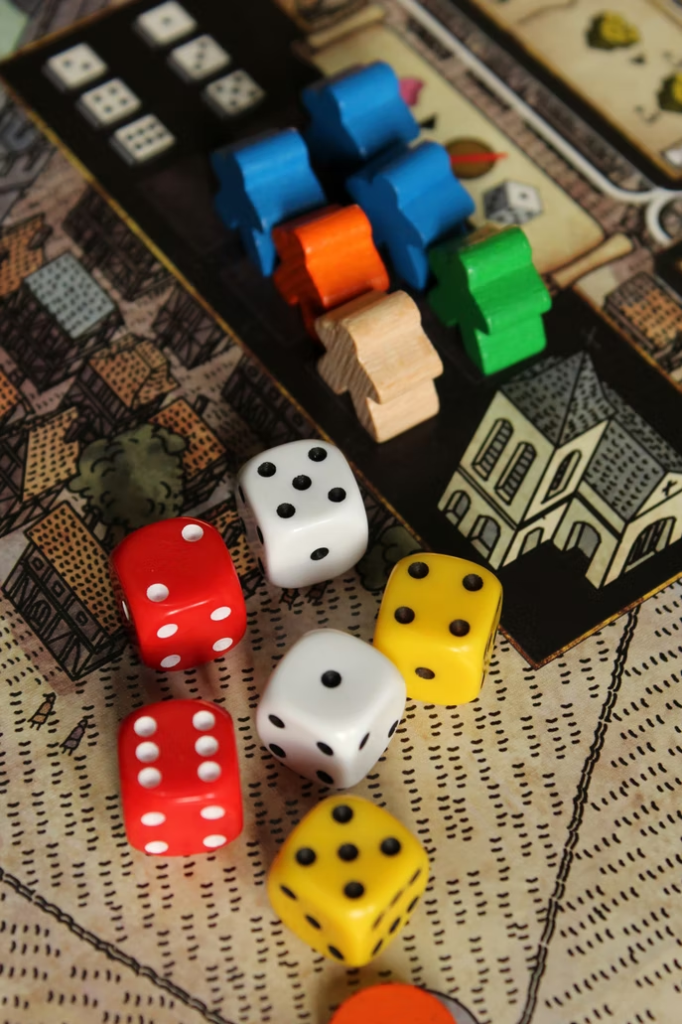
In honour of VPL’s ongoing Reading Challenge and this year’s Summer Reading Club, Type Talk is a series of blog posts on non-traditional or uncommon storytelling formats, genres or structures, which both challenge our idea of what storytelling is and will perhaps inspire us to try a new kind of media we might not have before.
Today’s post will be on Gamified Reads!
You may be wondering what on earth gamification is, but have no fear, Dr. Zachary Fitz Walter has a neat definition for you:
Continue reading“Gamification is the application of game-design elements and game principles in non-game contexts. It can also be defined as a set of activities and processes to solve problems by using or applying the characteristics of game elements.
Games and game-like elements have been used to Educate, Entertain and Engage for thousands of years. Some classic game elements are; Points, Badges, and Leaderboards.”
gamify.com
